Labs & Activities
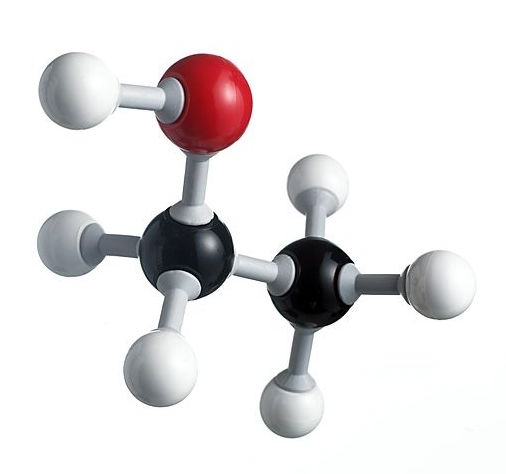
Biological Shapes
High School
Molecular Biology
Physical Sciences
Remember the old salad dressing commercial tag line “…because oil and vinegar don’t mix!” Water has that same love/hate relationship with many other molecules. Through this series of lessons, students will learn about the properties that make other molecules “love” or “hate” water. They will also begin to build a… read more of the article entitled “Biological Shapes”
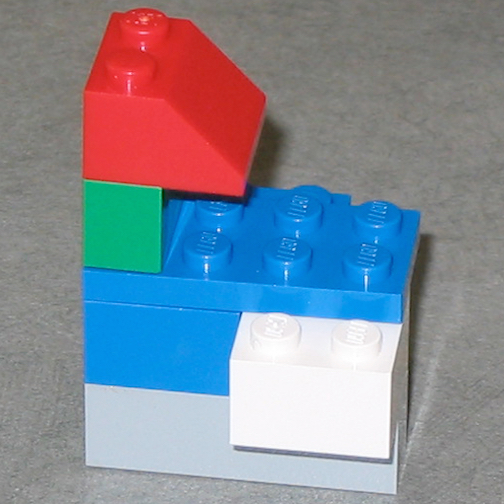
Building Blocks of Life
Evolution
Genetics
High School
Molecular Biology
Recently Updated!
The shape of a protein determines its function. In this lab, students will be given a hypothetical DNA sequence for part of an enzyme. Using the Universal Genetic Code, they will then determine the amino acid sequence coded for by the DNA. Students will examine a “substrate” and predict the… read more of the article entitled “Building Blocks of Life”
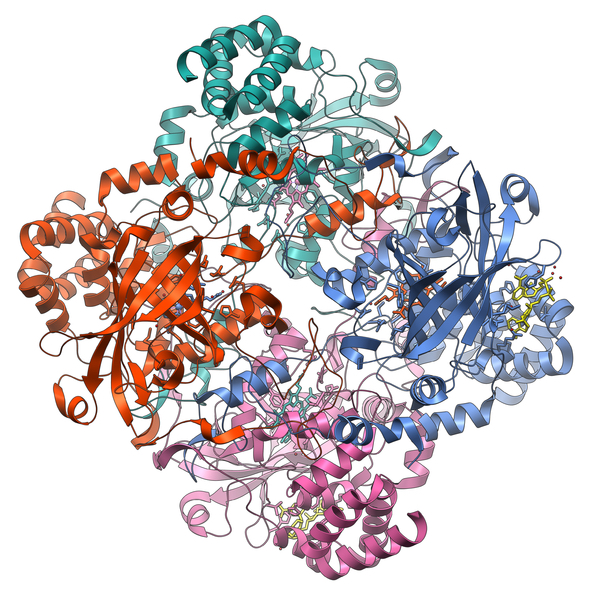
Catalase
High School
Molecular Biology
The structure and function of enzymes is a central theme in cellular and molecular biology. In this laboratory exercise, a crude cell extract is prepared from potatoes. Activity of the enzyme, catalase [which catalyzes the reaction 2H2O2(l) → 2H2O(l) + O2(g)], is then studied using a simple assay for O2. To… read more of the article entitled “Catalase”

Diffusion
High School
Inquiry/Scientific Method
Molecular Biology
Physical Sciences
Physiology
This lab uses two different sizes of dialysis tubing to represent cellular and organelle membranes. Students design experiments in which they place solutions of iodine, starch, and glucose on different sides of a membrane. The movement of these materials is monitored with the use of indicator solutions. Students are given… read more of the article entitled “Diffusion”
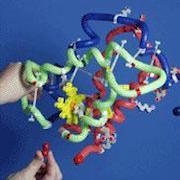
DNA Molecule Activity
Genetics
High School
Molecular Biology
This lab activity corresponds to CIBT’s DNA Molecule Model. Downloads DNA Molecule HS Student Edition (CIBT) DNA Molecule MS Student Edition (CIBT) DNA Molecule Post-Lab Questions (CIBT) Watson & Crick Reading (CIBT) Watson&Crick Reading Qs Student Edition (CIBT) Watson&Crick Reading Qs Teacher Edition (CIBT) DNA Blankenship Notes (CIBT)
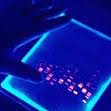
DNA Profiling
Forensics
Genetics
High School
Inquiry/Scientific Method
Molecular Biology
This lab was designed to complement CIBT’s DNA Gel Electrophoresis kit. Students will cut DNA with restriction enzymes. The DNA fragments will be separated electrophoretically on an agarose gel. The results will simulate a DNA profile. Students can learn how this type of evidence is prepared and interpreted. Downloads DNA Profiling Teacher… read more of the article entitled “DNA Profiling”
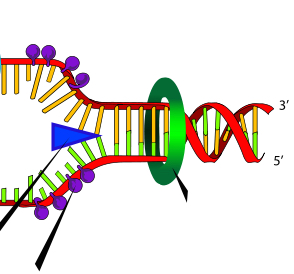
How Many CATs
Genetics
High School
Molecular Biology
In this paper simulation, students will “cut” DNA samples from a mother, a baby, a husband, and a rape suspect using a “restriction endonuclease.” They will then “run” the DNA fragments on a “gel” to simulate the process of electrophoresis. A fluorescent probe is then washed over the gel. Finally,… read more of the article entitled “How Many CATs”
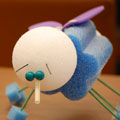
Insect GENEration
Genetics
Insects
Middle School
Molecular Biology
Students build a model insect based upon genetic information provided to them in the lab directions. Gene forms (alleles) contributed by each parent are determined by tossing a coin with one side representing the dominant form of the gene and the other side representing the recessive form. Student teams record… read more of the article entitled “Insect GENEration”
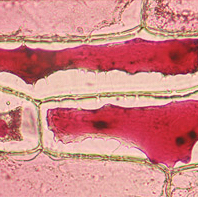
Microscopy and Cell Biology
Elementary School
High School
Microbiology
Middle School
Molecular Biology
Plants
Students will identify the parts of a microscope. Students will observe, manipulate, write and memorize. Students will also compute total magnification of the objective lenses. The lab can be modified to suit higher grade levels using the attached handouts for various observation stations. Downloads Pollen Station Red Onion Cell Station… read more of the article entitled “Microscopy and Cell Biology”
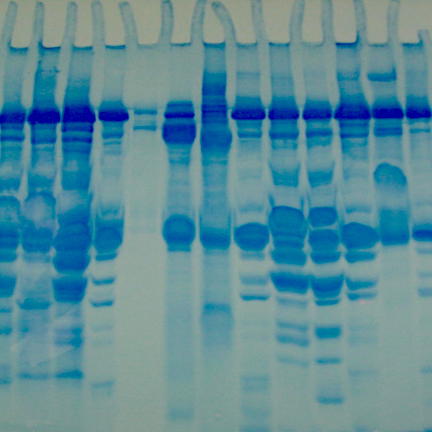
Protein Gel Electrophoresis
Animals
Evolution
Genetics
High School
Inquiry/Scientific Method
Molecular Biology
Students will separate a mixture of proteins from skeletal muscle using SDS polyacrylamide gel electrophoresis (PAGE). PAGE is a powerful analytical technique having numerous applications in modern biology. Evidence for evolutionary relatedness amongst organisms can be determined using this technique. Suggested organisms to compare include various fishes, mammals, poultry and/or… read more of the article entitled “Protein Gel Electrophoresis”
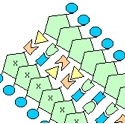
Protein Synthesis and Words- Comet
High School
Molecular Biology
mRNA is genetic information found in the nucleus of cells. Protein synthesis occurs in ribosomes found in the cytoplasm and on rough endoplasmic reticulum. If protein is to be synthesized, then the genetic information in the nucleus must be transferred to these ribosomes. This is done by mRNA (messenger ribonucleic… read more of the article entitled “Protein Synthesis and Words- Comet”

Wolbachia
High School
Inquiry/Scientific Method
Insects
Microbiology
Molecular Biology
Lab 1 Goal: To introduce students to the incredible diversity and abundance of insects and to prepare specimens for DNA analysis. Upon completion of this activity, students will: Describe the diversity of insects collected in one location. Identify insects using taxonomic classification. Sort insects into “morphospecies” – similar looking species…. read more of the article entitled “Wolbachia”

